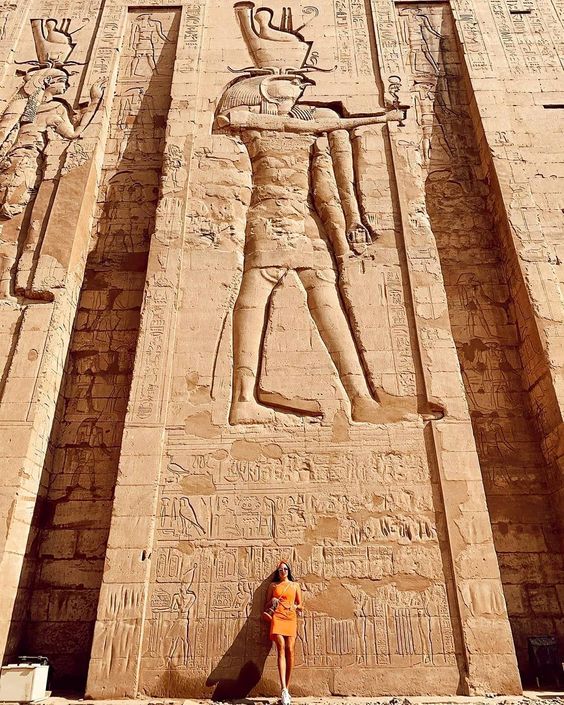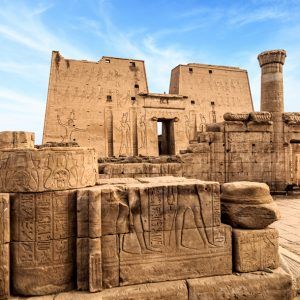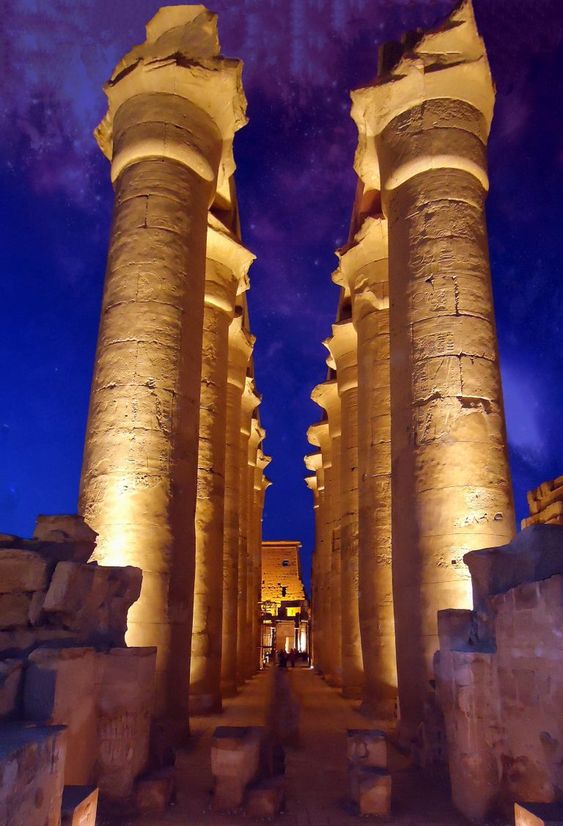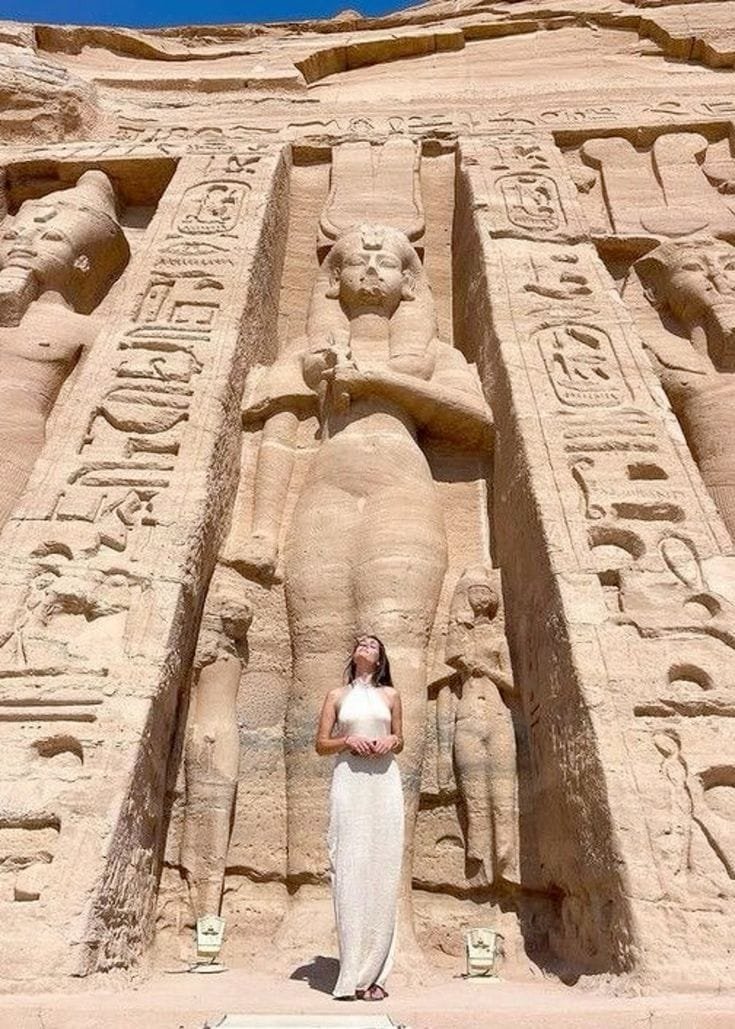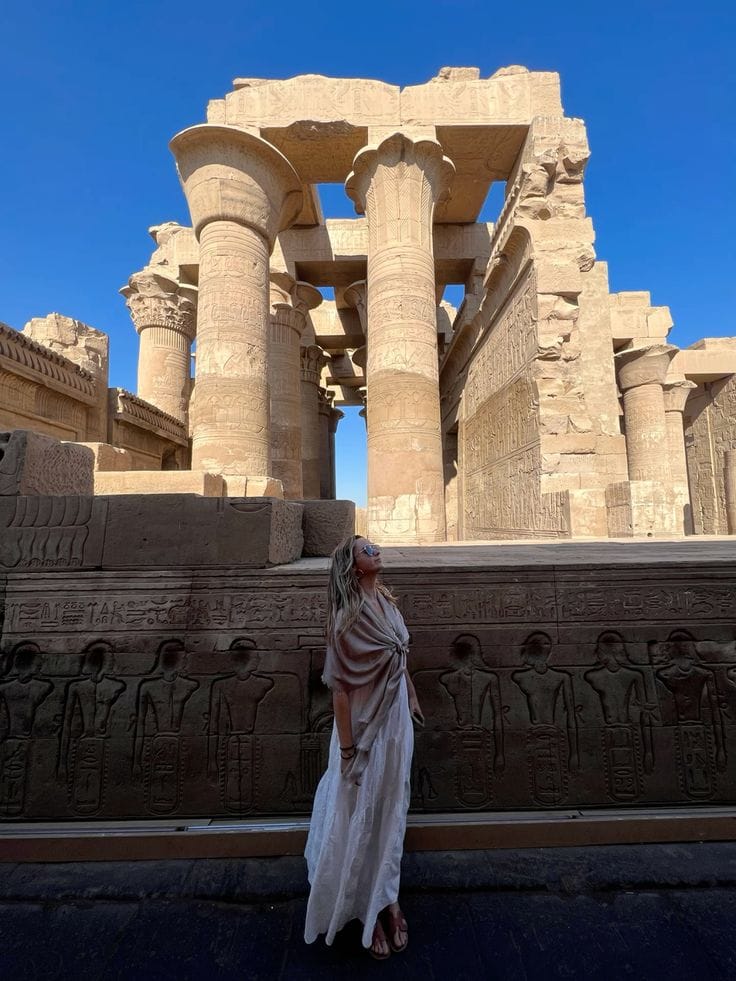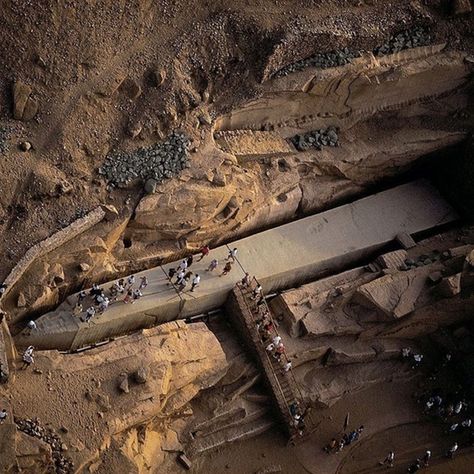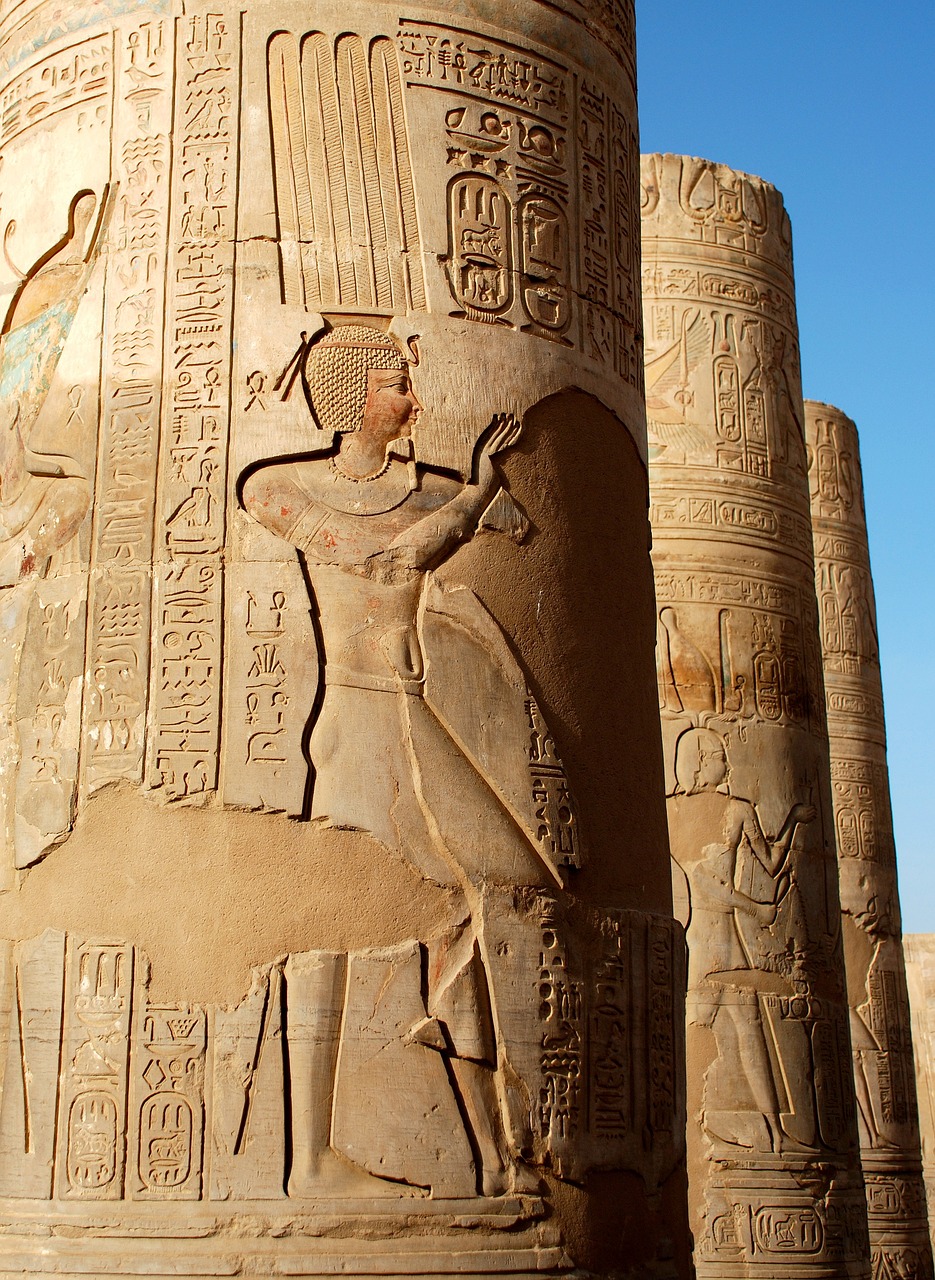Enjoy a private 2-day trip from Port Ghalib with a private car and guide. Discover Karnak Temple, Hatshepsut Temple, and the Valley of the Kings, then enjoy lunch and an optional Sound and Light Show at Luxor Temple. On day two, visit Edfu’s Temple of Horus and the twin temple of Kom Ombo before returning with unforgettable memories.
2-Day Trip to Luxor, Kom Ombo, and Edfu from Port Ghalib
- 2 Days
- Pricing Varies by Individual, Couple, or Group
Adult
Child
Description
Duration
2 Days
Group Size
8
Language
All
Highlights
Karnak Temple (Luxor)
Walk through the grand Hypostyle Hall, adorned with colossal columns and intricate hieroglyphs, and explore Egypt’s largest religious complex.
Luxor Temple
Discover the magnificent Luxor Temple with its statues of pharaohs and the iconic Avenue of Sphinxes connecting it to Karnak.
Valley of the Kings (Luxor)
Enter the royal tombs of ancient Egypt’s pharaohs, with an optional visit to the famed Tomb of Tutankhamun, renowned for its vibrant wall art.
Temple of Hatshepsut
Visit the impressive mortuary temple of Queen Hatshepsut, set dramatically against the cliffs, celebrating Egypt’s most famous female ruler.
Edfu Temple (Temple of Horus)
Explore the incredibly well-preserved Temple of Horus, dedicated to the falcon god, with impressive reliefs and towering pylons.
Kom Ombo Temple
Visit the unique double temple of Kom Ombo, dedicated to both Sobek, the crocodile god, and Horus, with its stunning views of the Nile.
Included
- Air-Conditioned Transportation
- Professional Egyptologist Guide
- Entrance Fees
- Lunch at a Local Restaurant.
- Bottled Water During the Tour.
- WiFi in the Car
- Accommodation On Board 5 Star Cruise
Excluded
- Personal Expenses
- Gratuities for the Guide and Driver
- The Drinks in the Restaurant
Maps
Frequently Asked Questions
1 / Are entrance fees to the temples included in the tour price?
Yes, all entrance fees to the temples and sites mentioned in the itinerary are included in the tour price, ensuring a hassle-free experience.
2 / Is the tour suitable for families with children?
Absolutely! The tour is suitable for families and can be customized to accommodate the needs of children. Please let us know if you have any specific requirements.
From 160,00 $
Book This Tour
Contact Information
Have a question in mind
Looking for more info? Send a question to the tour agent to find out more.
You might also like
With Egypt Tour Magic, your trip is always safe and truly memorable . If you love travel, you are in the right place!





